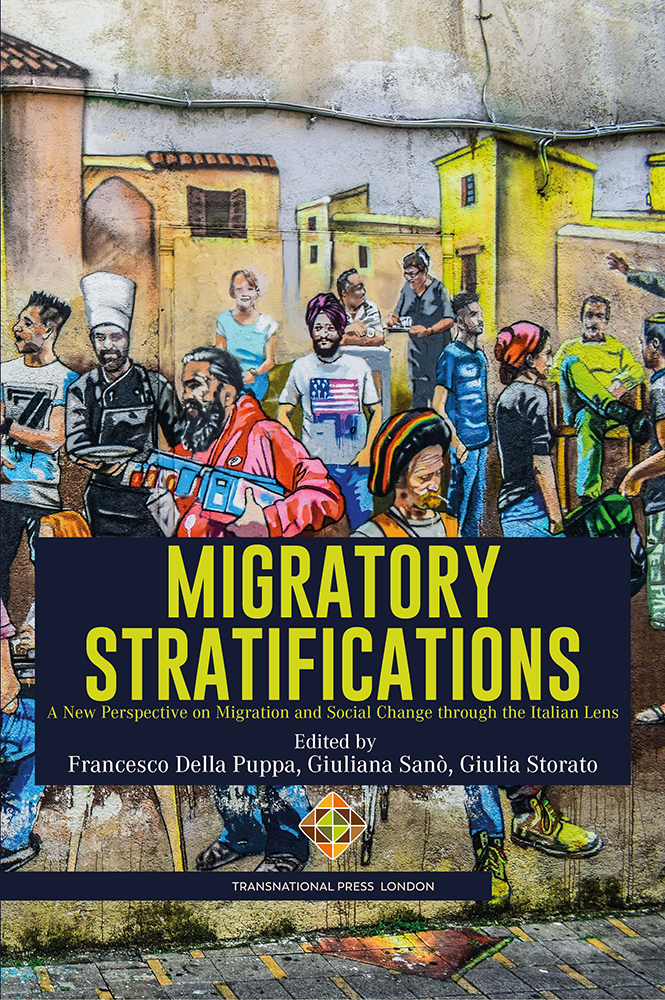The Taste of Home Migrants’ Food in the Making Between Continuity and Change
The Taste of Home Migrants’ Food in the Making Between Continuity and Change
Author(s): Marzia Mauriello
Subject(s): Migration Studies
Published by: Transnational Press London
Keywords: Taste; home migrants; food; change; powerful; tool; identity; both; individual; collective;
Summary/Abstract: Food is a powerful tool of identity, both individual and collective. Food and identity are deeply linked, and both can be seen at least partially as the outcome of processes of stratification. It is in terms of stratifications – a term/concept that serves as a guide and reference in this volume – that identities can be conceptualized as the outcome of a constant overlap of social, cultural, and symbolic elements which, over time, albeit always in processual terms, constitute individuals. In migrant contexts – the other central issue in this volume – these dynamics of stratification become even more alive and present at an identity level, with food practices serving as a mirror of these material and symbolic processes. Exploring migratory stratifications through the lens of food, encompassing both production and consumption, can contribute significantly to comprehending the trends, impacts, and meanings of migration in places of arrival. Indeed, the relationship between food and identity manifests in diverse ways and can be interpreted from various perspectives. With reference to intersubjective interaction, food can act as both a centrifugal and a centripetal force, acting as a pushing or pulling factor. It can be instrumentally used, both from emic and etic perspectives, to mark a difference in cultural and ethnic terms (Abbots, 2016; Renne, 2007; Bonfanti et al., 2019; Della Puppa and Segalla, 2018), and it can also be the key to constructing collectivities by overcoming differences of whatever kind: social, cultural, ethnic. Food is a powerful tool of identity, both individual and collective. Food and identity are deeply linked, and both can be seen at least partially as the outcome of processes of stratification. It is in terms of stratifications – a term/concept that serves as a guide and reference in this volume – that identities can be conceptualized as the outcome of a constant overlap of social, cultural, and symbolic elements which, over time, albeit always in processual terms, constitute individuals. In migrant contexts – the other central issue in this volume – these dynamics of stratification become even more alive and present at an identity level, with food practices serving as a mirror of these material and symbolic processes. Exploring migratory stratifications through the lens of food, encompassing both production and consumption, can contribute significantly to comprehending the trends, impacts, and meanings of migration in places of arrival. Indeed, the relationship between food and identity manifests in diverse ways and can be interpreted from various perspectives. With reference to intersubjective interaction, food can act as both a centrifugal and a centripetal force, acting as a pushing or pulling factor. It can be instrumentally used, both from emic and etic perspectives, to mark a difference in cultural and ethnic terms (Abbots, 2016; Renne, 2007; Bonfanti et al., 2019; Della Puppa and Segalla, 2018), and it can also be the key to constructing collectivities by overcoming differences of whatever kind: social, cultural, ethnic.
Book: Migratory Stratifications. A New Perspective on Migration and Social Change through the Italian Lens
- Page Range: 195-213
- Page Count: 10
- Publication Year: 2024
- Language: English
- Content File-PDF

